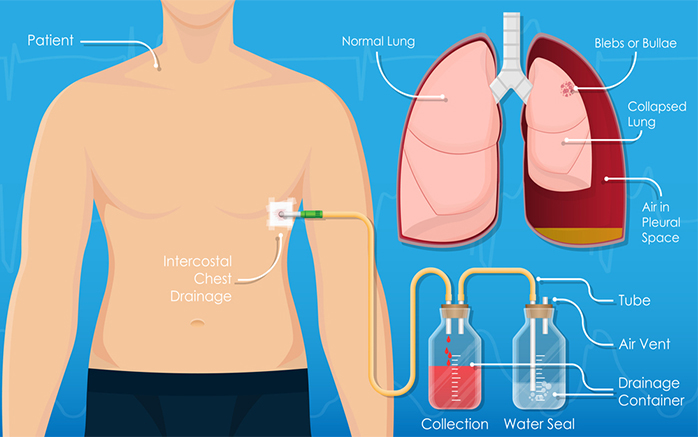-
 09511492527
09511492527

Internal drainage tube insertion is a medical procedure used to remove unwanted fluid from inside the body. This fluid could be pus, bile, urine, or other types of fluid that are blocked or building up due to an illness, infection, or injury. The tube is placed inside the body to help drain the fluid from one area to another, usually into a natural body cavity like the stomach or bladder, instead of outside the body.
Doctors use this procedure when there is a blockage, such as a kidney stone, bile duct obstruction, or fluid collection like an abscess. The tube helps reduce pain, prevent infection, and improve organ function. It is usually inserted using special imaging tools like ultrasound, X-ray, or CT scan to guide the placement and make sure it is accurate.
The procedure can be done through a small cut (minimally invasive) or by using an endoscope (a thin tube with a camera). Local or general anesthesia may be used depending on the location of the tube.
After the procedure, patients are monitored for signs of infection or blockage. The tube may stay in for days or weeks, depending on the condition being treate